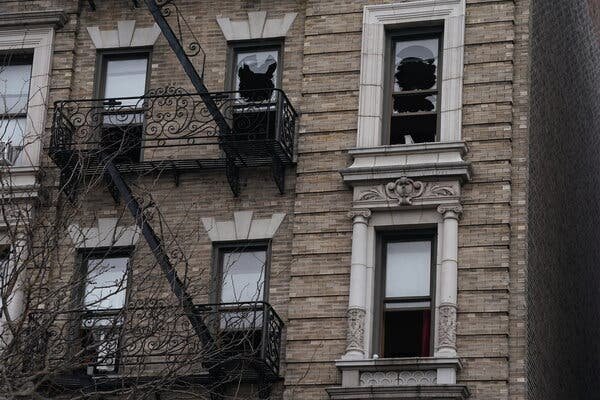Daniel Penny’s defense team brings in an expert to argue that multiple factors contributed to Jordan Neely’s death by choking in court case.
The tragic death of Jordan Neely, a Black man who passed away after being choked in a subway car, has brought to light the issue of sickle cell trait, a genetic condition that predominantly affects Black individuals. The circumstances surrounding Mr. Neely’s death have sparked a legal battle, with prosecutors alleging that Daniel Penny, the individual who restrained Mr. Neely in a chokehold, is responsible for manslaughter and criminally negligent homicide.
During the trial, the prosecution claimed that Mr. Penny applied pressure to Mr. Neely’s airway for approximately six minutes, ultimately leading to his death when Mr. Neely attempted to break free. However, Mr. Penny’s defense team has contested these allegations, arguing that Mr. Neely’s death was not directly caused by the chokehold. They suggested that factors such as Mr. Neely’s schizophrenia, use of synthetic marijuana, and misshapen blood cells played a role in his demise.
One crucial aspect of the defense’s case is the presence of misshapen blood cells in Mr. Neely, a characteristic commonly associated with sickle cell trait. While individuals with the sickle cell trait usually do not exhibit symptoms, blood samples from Mr. Neely’s autopsy revealed abnormal cell shapes at the time of his death. The defense posits that these misshapen cells, combined with other factors like schizophrenia and drug use, contributed to Mr. Neely’s passing.
The defense called upon Dr. Satish Chundru, a forensic pathologist, to provide expert testimony that contradicted the findings of the medical examiner, Dr. Cynthia Harris. Dr. Chundru asserted that Mr. Neely’s death was the result of “combined effects,” including sickle cell crisis, schizophrenia, the struggle between Mr. Neely and Mr. Penny, and the influence of synthetic marijuana. He maintained that Mr. Penny did not choke Mr. Neely to the point of causing his death.
As the trial progresses, both the defense and prosecution will present their closing arguments to the jury, with the final decision resting in the hands of the 12 jurors and four alternates. Judge Maxwell Wiley has scheduled the closing arguments to take place after Thanksgiving, allowing for a comprehensive review of the evidence and testimonies presented in court.
In conclusion, the defense’s case for Daniel Penny revolves around challenging the prosecution’s narrative of the events leading to Jordan Neely’s death. By highlighting factors such as sickle cell trait, schizophrenia, and drug use, the defense aims to create reasonable doubt regarding Mr. Penny’s culpability in the tragic incident. As the legal proceedings unfold, the outcome of the trial will ultimately determine the accountability for Mr. Neely’s untimely demise.
Source: The NY Times









